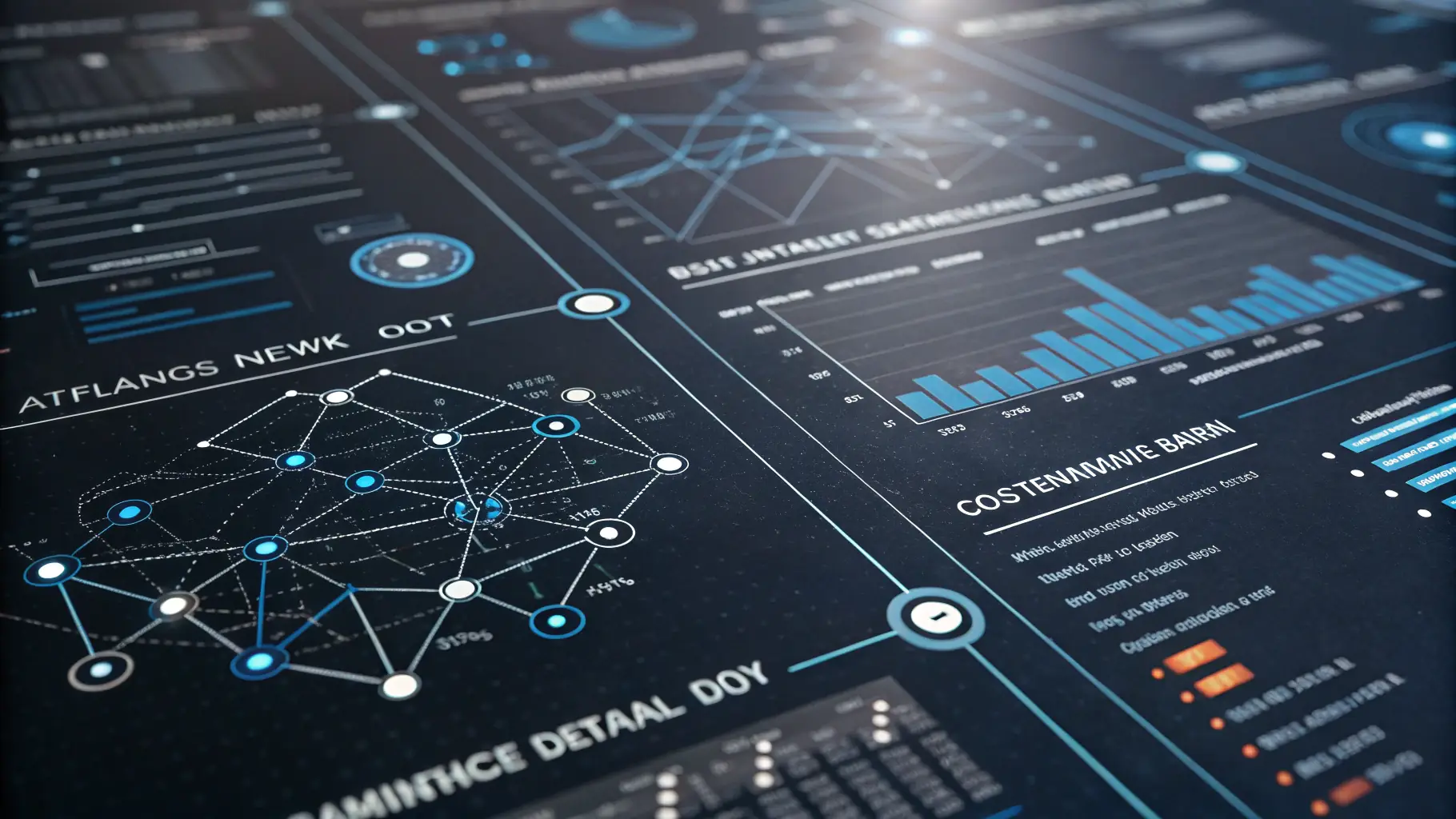Machine learning is revolutionizing economic planning by providing data-driven insights and predictions. By analyzing vast amounts of data, machine learning algorithms can identify patterns and trends that might otherwise be missed. This data-driven approach can lead to more informed decisions, potentially improving economic outcomes. Understanding the potential of machine learning for economic planning is crucial for policymakers. Machine learning algorithms can be used to analyze economic indicators, such as GDP growth, inflation rates, and unemployment figures. By identifying trends and patterns in historical data, these algorithms can predict future economic performance, enabling policymakers to make more informed decisions. This data-driven approach can lead to better economic strategies and potentially higher returns. Furthermore, machine learning can help optimize resource allocation, leading to more efficient economic planning. The use of machine learning in economic planning is constantly evolving. As the technology advances, new opportunities for economic growth emerge. By staying informed about the latest developments in machine learning, policymakers can position themselves to take advantage of these opportunities. This data-driven approach to economic planning can help policymakers make more informed decisions and potentially maximize economic growth.
Economic Planning with Machine Learning: A New Era
Machine learning is transforming economic planning by providing data-driven insights and predictions.


